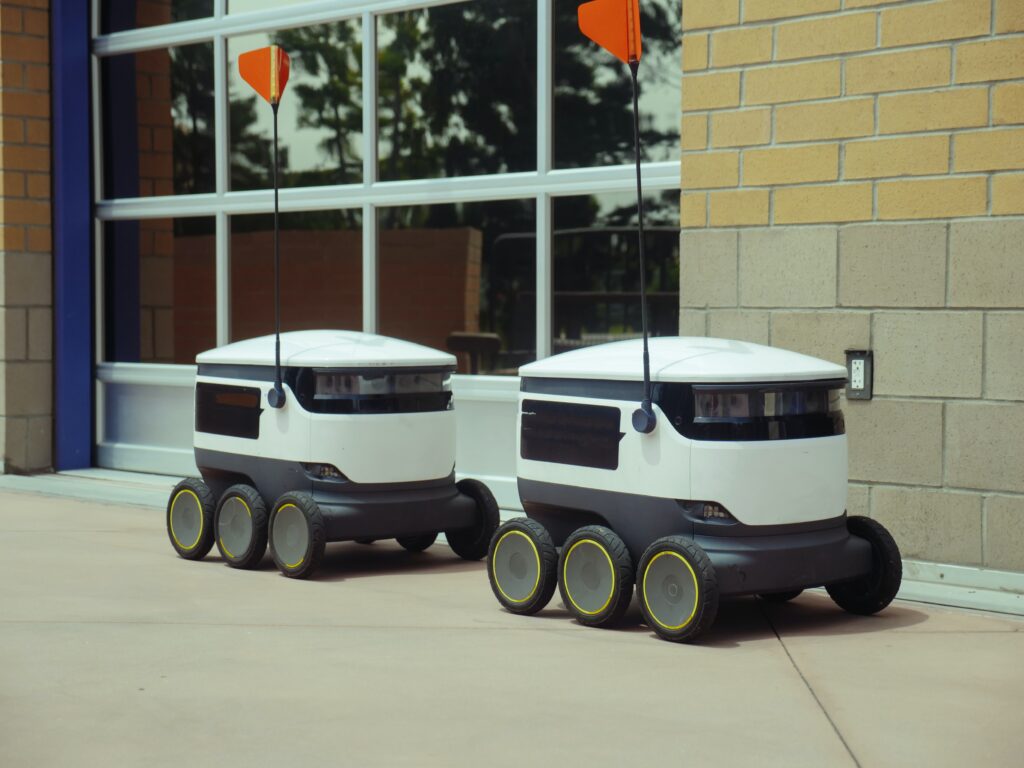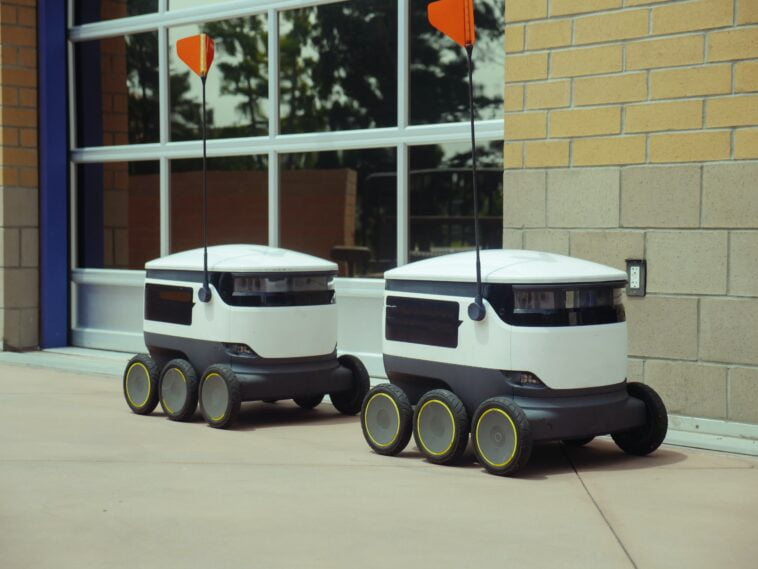Looking back, our generation has seen some mind blowing inventions responsible for shaping the world we’re living in today. Technology is the biggest out of all things ever happened to us, and that statement continues to be proven right. Presently, we live in an era where we, as humans, are constantly chasing betterment and evolution. Technology is our biggest ally in this chase. From telephones to smartphones, from mailboxes to email, we’ve come a long way. The biggest technological development of the decade most definitely is AI’s emergence. In this article, we’ll learn more about AI by exploring one of its essential branches and its most important application. AI and tools powered by AI serve a variety of different purposes. One of them is Autonomous Systems, and that’s exactly what we’ll be covering today. We’ll learn about AI based Autonomous Tools & their relation with Reinforcement Learning. Let’s start right away.
AI and its development focuses at helping us. By automating, recting, generating and optimizing. AI Tools are designed to fulfill certain purposes. They automate repetitive tasks, rectify our mistakes, generate content for us and even carry out optimizations wherever needed. AI driven Autonomous Systems or AI Autonomous Tools are an excellent example of this. These AI Autonomous Tools are capable of completing tasks & making decisions on their own, without our intervention. Yes, that’s right. AI Autonomous Tools are developed to promote automation. They’re able to complete tasks/take decisions on their own. Sounds quite cool right? It is quite cool. In this article, we’ll be delving deeper into the concept of AI Autonomous Tools & we’ll try to understand them better. We’ll also learn about Reinforcement Learning, a crucial branch of Artificial Intelligence. What is it & what purpose does it serve? We’ll be answering all that here, today.
AI Autonomous Systems and Reinforcement Learning: A Brief Overview
The concept of AI Autonomous Tools or systems isn’t very new. Highly skilled developers & tech enthusiasts have been keeping a keen eye on even the most minor development in this field. There’s a simple reason behind that. Automation is the future. A future where we wouldn’t need to put efforts to achieve objectives is what AI Autonomous Systems are designed for.
Although the concept of AI Autonomous Tools may be unfamiliar to you, we can guarantee that their practicality is not. The playlist Spotify recommends you, the ad suggestions on social media, the navigational apps you use, all of them are great examples of AI Autonomous Tools. There are countless applications & softwares installed in our phones & PCs running on AI’s autonomous capabilities. Voice assistants on our phones, self-driving vehicles like Tesla and social media algorithms are some other good examples. Autonomous AI Tools are tools designed to complete tasks & take decisions on their own, without the need of our interference.
Reinforcement Learning on the other hand is a type of Machine Learning. Machine Learning is an essential branch of AI, similar to NLP and Computer Vision. Reinforcement Learning is an eminent part of AI Autonomous Systems, and we’ll learn more about it a bit later. Let’s study Reinforcement Learning first. We use it to train AI models to reach a certain goal or produce a specific result. It does that by allowing AI models to take a series of decisions after interacting with their surroundings/environment. In simpler words, Reinforcement Learning trains AI models to obtain an objective. It does that by teaching them to make the right decisions in variable environments. This way, Reinforcement Learning prepares AI Autonomous Tools/Systems to perform their designated tasks with precision and accuracy. Let’s learn about its role in AI Autonomous Systems.
Role of Reinforcement Learning in Autonomous AI Tools and their Applications
Reinforcement Learning is what’s responsible for generating and improving AI based autonomous systems. It achieves that by going through multiple layers. Reinforcement Learning works by focusing on five elements. These are agent, environment, state, action and reward. Here, the agent is often an AI model. Reinforcement Learning teaches this ‘agent’ to interact with its ‘environment’ which basically refers to the surroundings of the AI model. The ‘state’ of the environment represents its state, influencing the ‘action’ of the AI model. Ultimately, ‘reward’ is the group of signals indicating whether or not an AI model’s action was right. To put simply, Reinforcement Learning trains AI models to become autonomous.
There are several applications of an AI model excelling in Autonomous purposes. Developers heavily use Reinforcement Learning to train AI agents for video games and for autonomous vehicles. In the case of video games, there are multiple instances where autonomous AI decides the games’ algorithms. Adaptive gameplay, course of behavior of in-game characters, and game testing, all of these elements require Reinforcement Learning & Autonomous AI. The gaming industry is massive. Players all across the globe love to interact with game mechanics and other in-game characters. Reinforcement Learning trains Autonomous AI models to respond and interact with real time players, giving them a surreal experience.

Self driving vehicles aren’t indifferent. Driver assisting features, route planning & driving in real time, all of it requires an AI model trained by Reinforcement Learning. Driving in real time while taking traffic, weather & safety into consideration has been the biggest application of AI Autonomous Tools. We use Reinforcement Learning to simulate several driving environments to train AI models to learn and improve autonomous driving capabilities.
Reinforcement Learning: Supercharging AI Powered Autonomous Systems
Machine Learning is of utmost importance to AI and its development. Reinforcement Learning is a type of Machine Learning responsible for the development of Autonomous AI based systems. In this article, we covered the basic concepts of Reinforcement Learning and AI powered Autonomous Tools. Interactive video games, navigational softwares, smartphone assistants, autonomous vehicles etc are some of the most common applications of Reinforcement Learning. Autonomous AI based systems are a thing of the future. As AI continues to develop, evolve and grow smarter, various tools fueled by it will undergo the same. We’ll soon be surrounded by autonomous vehicles and Autonomous AI Systems’ other aids. We’ll now wrap this article up in hopes that it was of help to you.

